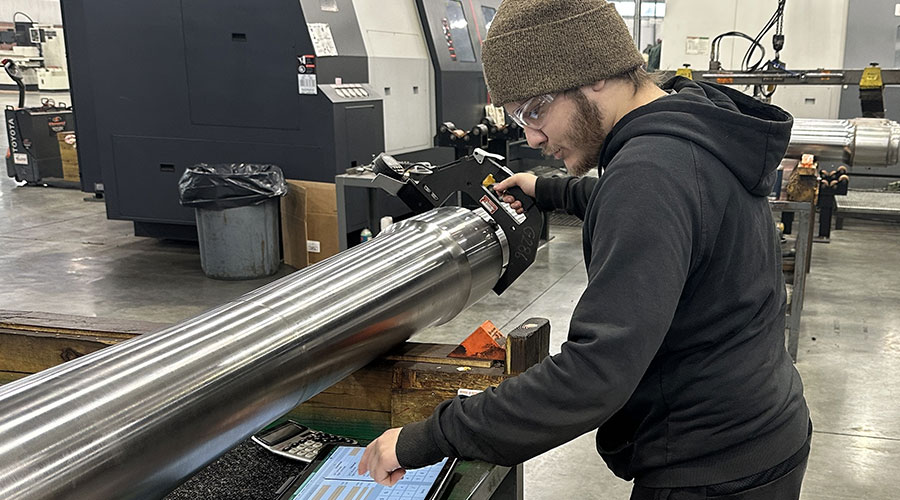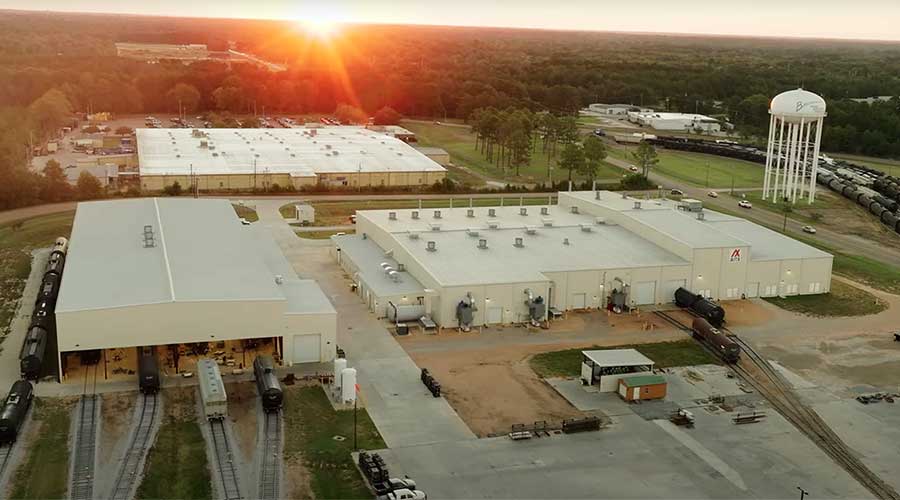Stay updated on news, articles and information for the rail industry
February 2019
Rail News: Mechanical
PSR and the rail car: Commentary by Richard Kloster

Precision scheduled railroading (PSR) is a disruptive business strategy that challenges the industry’s status quo. Ideally, railroads want to minimize this disruption and the impact on their customers and revenue stream. Trying to get better asset management, lower costs and new efficiencies are all good things, and this is what companies do. Some railroads have embraced PSR, others have struggled with it, but all look to avoid the mistakes others made attempting to implement it.
Outside of the railroads themselves, shippers are the most affected during the initial phase of PSR implementation. One of the immediate effects is lower rail-car supply.
Railroads implementing PSR have rationalized their fleets by returning leased cars and disposing of their owned cars, either through sale or scraping. However, most railroad-owned fleets comprise older equipment with outdated technology. Many of these cars have lower utilization rates than newer leased cars. Others are old stored cars not even in use.
So, while the opportunity exists for railroads implementing PSR to clean house of unproductive owned assets, the effect on car supply to shippers is felt more acutely by the railroads’ return of leased cars. Car supply for shippers is reduced, and shippers need to address and remedy this. But how?
Shippers need cars to move their freight. Rail is the required mode for many bulk commodities, and shippers can’t get to market without a rail car. Private car supply has been relatively unaffected by PSR implementation so far. So, some shippers are responding by securing their own car supply, increasing their fleets by adding leased equipment, both existing and new cars.
Lessors affected, too
Lessors also are affected by PSR implementation, but less so than shippers. Operating lessors provide the market with more than 60 percent of the total car supply and are affected in the short run by cars returned off lease from railroad lessees that implement PSR.
However, in the long run, railroads will not abandon the carload markets. Railroads need the revenue that carload traffic generates. At the end of the day, this traffic will move — it has to — and a rail car is needed. There is no escaping this fact.
The question is who will be supplying the cars? And: How many will be needed? PSR at its core is about asset management and utilization, doing more with the same or less. Operating ratio (OR) is a key financial metric for publicly traded railroads, and railroads that decrease their OR under PSR are rewarded by Wall Street. Shedding rail cars helps lower OR, whether owned cars are being sold or retired or leased cars being returned.
‘A self-imposed sea-change’
In the short run, car supply negatives will arise for all affected parties — railroads, shippers and lessors alike. In the longer run, car supply positives will emerge. PSR implementation will end up pushing out older, less efficient equipment that will end up being replaced with larger, newer and more productive cars. It very well could be the shipper providing this new car supply with leased equipment.
Over time, the ownership mix has migrated from 80 percent railroad-owned in 1980, the year the industry was deregulated, to almost 70 percent privately owned today. PSR is likely to help push the mix even further in favor of private ownership, possibly to 90 percent at some point. Railroading is a capital-intensive business, and, luckily, a large and robust rail equipment leasing industry exists to supply these assets.
In many respects, operating lessors are the best custodians of rail equipment assets. Most are very well financed, expert managers of the equipment who maintain high-quality, younger fleets and offer attractive lease structures. They also seem to have an unquenchable appetite for adding cars to their fleet. It is what they do and who they are. Simply put, they are the most efficient at deploying capital in rail equipment and the rest of the industry, railroads and shippers, benefit greatly.
PSR is a self-imposed sea-change event rooted in improving the use of its capital. Disruptions abound during the implementation of PSR across all operating aspects of a railroad, including the supply of rail cars. And it will be the leasing community that will bear most of this responsibility, and the solution.
Richard Kloster is senior vice president and chief commercial officer of AllTranstek LLC, a private transportation consulting company that provides fleet management, technical and strategic consulting to the rail industry. He also is a principal at FTR Intel, where he forecasts the rail equipment markets for a broad client base.
Keywords
Browse articles on PSR precision scheduled railroading rail-car leasing Richard Kloster AllTranstekContact Progressive Railroading editorial staff.


 2025 MOW Spending Report: Passenger-rail programs
2025 MOW Spending Report: Passenger-rail programs
 Gardner steps down as Amtrak CEO
Gardner steps down as Amtrak CEO
 Guest comment: Oliver Wyman’s David Hunt
Guest comment: Oliver Wyman’s David Hunt
 Women of Influence in Rail eBook
Women of Influence in Rail eBook
 railPrime
railPrime








